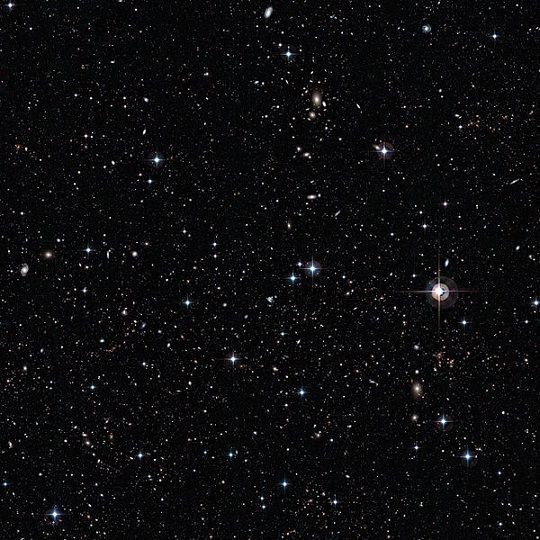O,.o circa 2011 antigravity? Antimatter gravity equals antigravity: D.
(PhysOrg.com) — In 1998, scientists discovered that the Universe is expanding at an accelerating rate. Currently, the most widely accepted explanation for this observation is the presence of an unidentified dark energy, although several other possibilities have been proposed. One of these alternatives is that some kind of repulsive gravity – or antigravity – is pushing the Universe apart. As a new study shows, general relativity predicts that the gravitational interaction between matter and antimatter is mutually repulsive, and could potentially explain the observed expansion of the Universe without the need for dark energy.
Ever since antimatter was discovered in 1932, scientists have been investigating whether its gravitational behavior is attractive – like normal matter – or repulsive. Although antimatter particles have the opposite electric charge as their associated matter particles, the masses of antimatter and matter particles are exactly equal. Most importantly, the masses are always positive. For this reason, most physicists think that the gravitational behavior of antimatter should always be attractive, as it is for matter. However, the question of whether the gravitational interaction between matter and antimatter is attractive or repulsive so far has no clear answer.
In the new study, Massimo Villata of the Osservatorio Astronomico di Torino (Observatory of Turin) in Pino Torinese, Italy, has shown that an answer can be found in the theory of general relativity. As Villata explains, the current formulation of general relativity predicts that matter and antimatter are both self-attractive, yet matter and antimatter mutually repel each other. Unlike previous antigravity proposals – such as the idea that antimatter is gravitationally self-repulsive – Villata’s proposal does not require changes to well-established theories. The study is published in a recent issue of EPL (Europhysics Letters).
